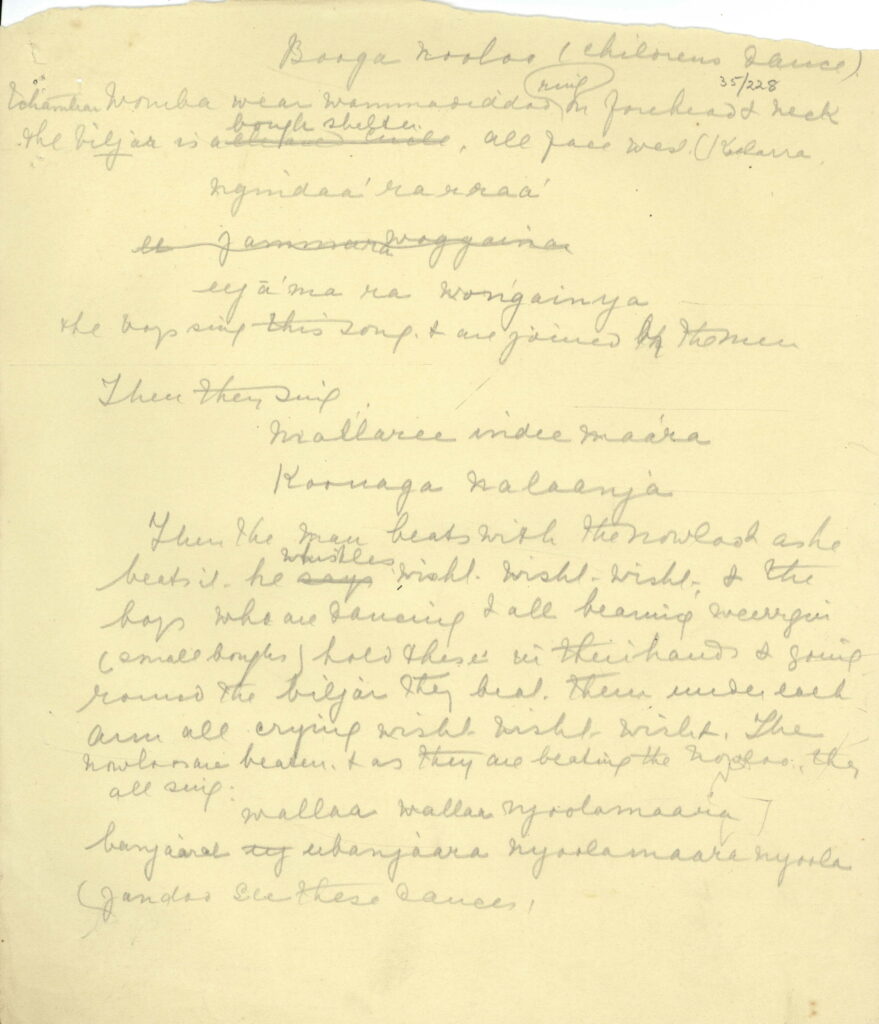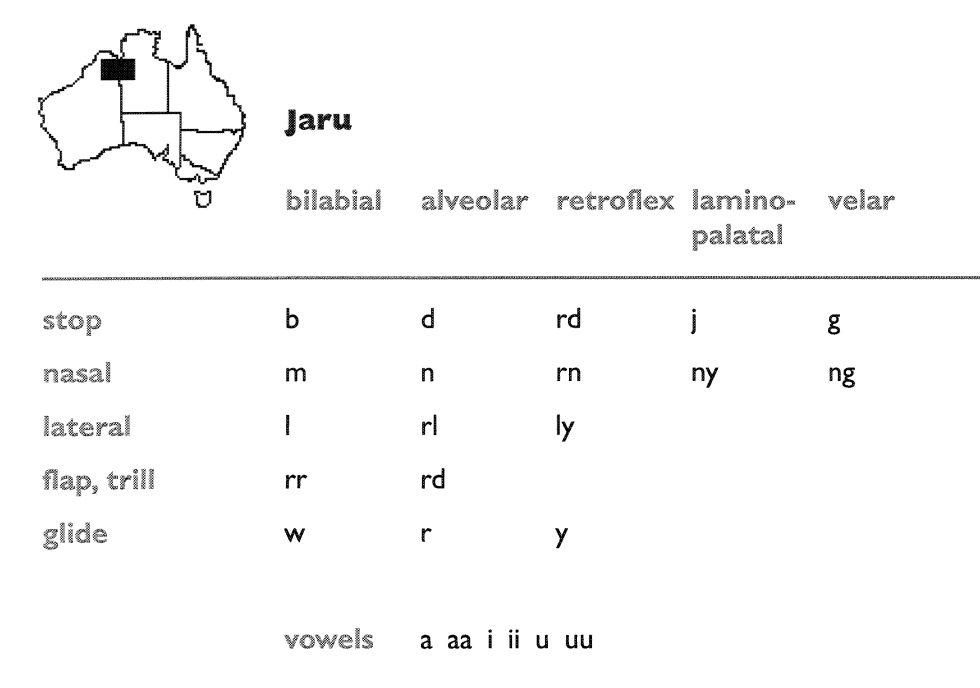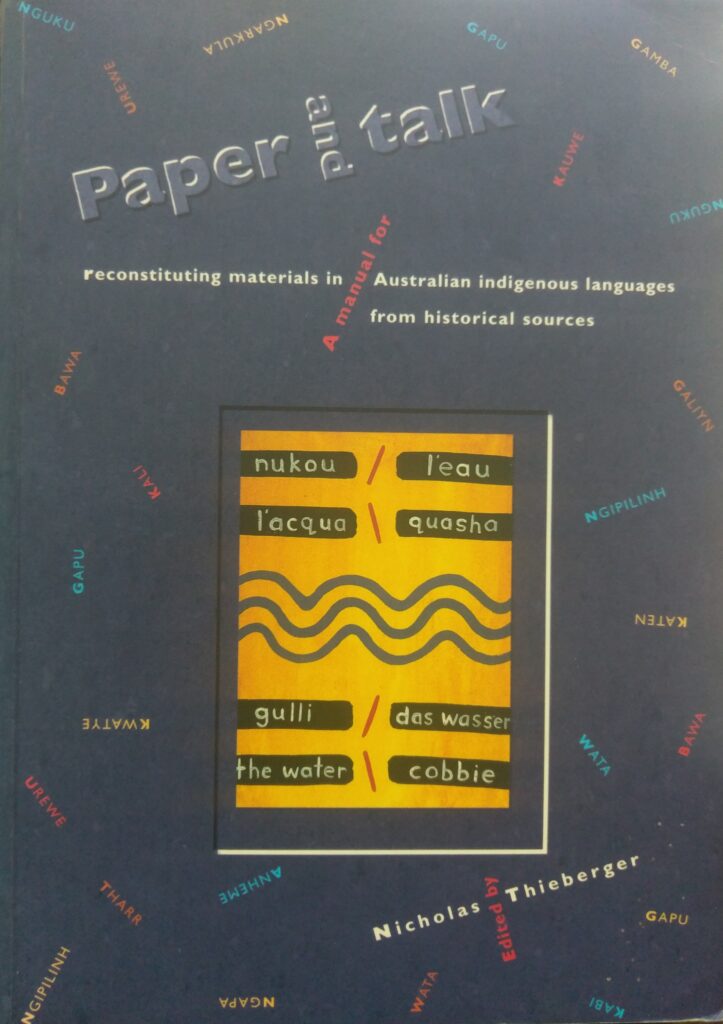
Early manuscripts of Australian languages were written by a number of different people, before any systematic work had been done to understand the languages and how they could be written.

Indigenous Australians had no need for writing systems even though their oral traditions are rich and their languages have complex grammars and meaning and sound systems.

The two chapters linked to below give more detail about how to write Australian languages. We should note that the way a manuscript spells words is not the only way, and that it is often not the best way, to write the language.
Peter Austin & Terry Crowley. 1995. Interpreting old spelling. In Nicholas Thieberger (ed.)
Paper and Talk: A Manual for Reconstituting Materials in Australian Indigenous Languages from Historical Sources, 53-102. Canberra: AIATSIS. (Download here 13Mb)
Nicholas Thieberger. 1995. How to decide on a spelling system In Nicholas Thieberger (ed.)
Paper and Talk: A Manual for Reconstituting Materials in Australian Indigenous Languages from Historical Sources, 103-115. Canberra: AIATSIS. (Download here 4Mb)
Nicholas Thieberger (ed.). 1995. [Reprinted 2005].
Paper and Talk: A manual for reconstituting materials in Australian indigenous languages from historical sources. Canberra: AIATSIS.
A reference guide to the spelling of Australian Aboriginal languages in early sources. This is an open-source collaborative reference book initiated by language centres, scholars, historians, native title anthropologists and speakers of Australian Aboriginal languages.